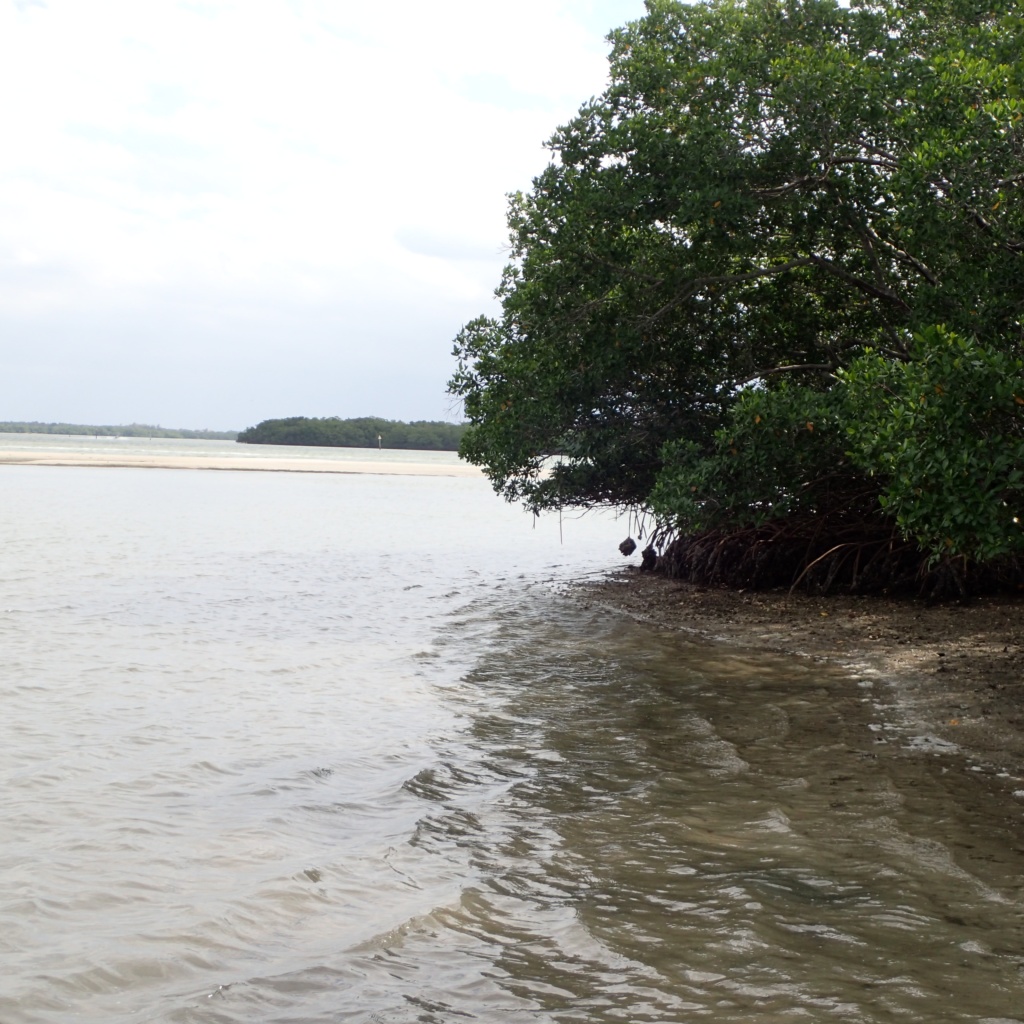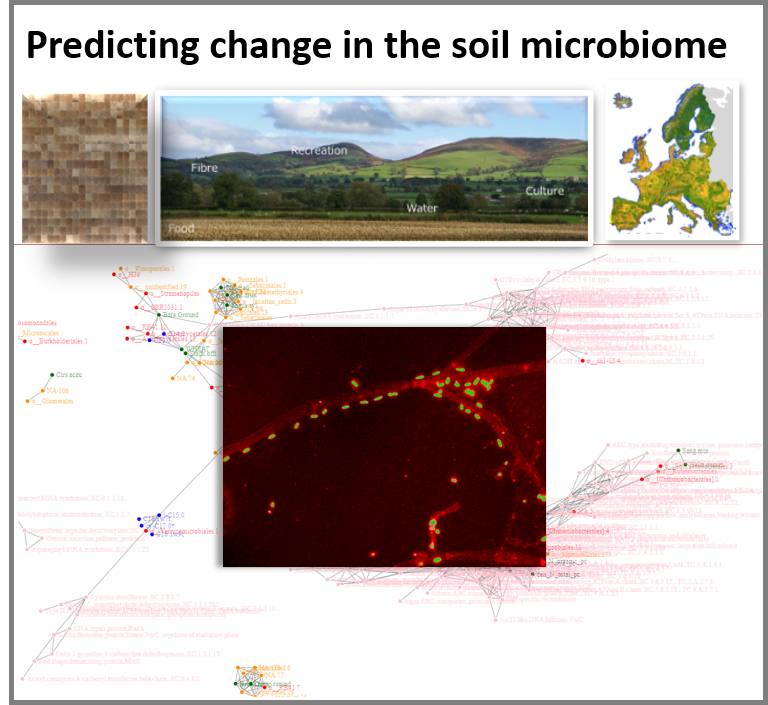PhD Study: At the Global Frontier of Climate Change and Nutrient Cycling The fragile Arctic ecosystems are changing rapidly due to global warming, as glaciers retreat, they are revealing arctic soils under the process called ‘greening’. These soils store substantial amounts of organic matter and nutrients, which may become bioavailable under higher temperatures and changing […]
Read More
This is an exciting opportunity to explore deep learning (DL) methods, in combination with geophysical and hydro-mechanical models, to extract information on the stability of dams and other earthworks. The collapse of the auxiliary spillway of the Toddbrook Dam following heavy rain during summer 2019 brought significant public attention to potential hazards from failure of […]
Read More
Algal blooms in freshwaters are happening with increasing frequency due to climate change and input of nutrients. Lake ecosystems may be severely impacted by blooms, particularly the microbial food web. Many of the algae which bloom produce large quantities of photosynthetic fixed carbon which are exudated throughout their growth cycle as dissolved organic carbon (DOC), […]
Read More
There are increasing efforts to improve estimates of carbon sequestration by vegetation as this is a method of capturing and storing atmospheric carbon dioxide o reduce climate change. However, the ability to sequester carbon is affected by air quality. Tropospheric ozone is a major air pollutant that has been shown to have negative impacts on […]
Read More
We are seeking an enthusiastic student to pioneer the next generation of environmental modelling innovation. Sitting at the intersection of disciplines, this exciting opportunity will allow you to demonstrate how our ability to model the environment can be transformed by contemporary software architecture. You will showcase this through a case study of adapting an existing […]
Read More
PhD: Restoring for a resilient future: Woodland community assembly trajectories in the face of multiple stressors Location: UKCEH Bangor Email Jack Atkin-Willoughby Twitter Research Gate Linkedin My academic studies began with an undergraduate degree in Biological Sciences from the University of Bristol. After graduating in 2018, I left the UK to live in western Canada […]
Read More
This is an exciting opportunity to explore deep learning (DL) methods, in combination with geophysical and hydro-mechanical models, to extract information on the stability of dams and other earthworks. The collapse of the auxiliary spillway of the Toddbrook Dam following heavy rain during summer 2019 brought significant public attention to potential hazards from failure of […]
Read More
There is a growing imperative to reverse global soil carbon losses and increase soil carbon stocks. This action could contribute to climate change mitigation and improve food security. While efforts to increase soil carbon are focused on enhancing soil carbon stabilisation and persistence, soil carbon can also be subject to destabilisation and loss through physical […]
Read More
Coastal marine ecosystems are undergoing rapid change due to multiple anthropogenic impacts including overfishing, climate change, pollution and renewable energy generation. These changes have important impacts on marine organisms, including top predators such as seabirds, leading to increased concern for protected populations. Understanding how seabirds adjust their behaviour with respect to spatio-temporal variation in their […]
Read More
DNA sequencing has revolutionised our understanding of soil microbial biodiversity, uncovering the ecology of thousands of novel taxa and providing new opportunities for innovation within areas such as biomonitoring, forecasting, and sustainable agriculture. To harness these growing datastreams for applications operable at realistic landscape scales, there is an urgent need for predictive modelling linking environmental […]
Read More










